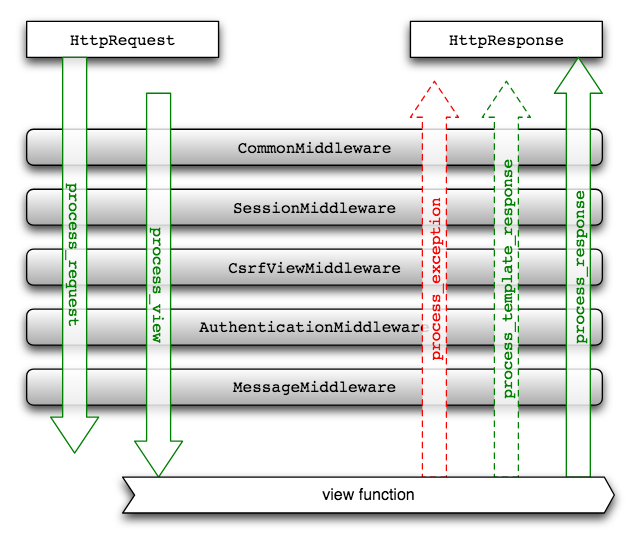pytorch动态网络以及权重共享实例
pytorch 动态网络+权值共享
pytorch以动态图著称,下面以一个栗子来实现动态网络和权值共享技术:
# -*- coding: utf-8 -*-
import random
import torch
class DynamicNet(torch.nn.Module):
def __init__(self, D_in, H, D_out):
"""
这里构造了几个向前传播过程中用到的线性函数
"""
super(DynamicNet, self).__init__()
self.input_linear = torch.nn.Linear(D_in, H)
self.middle_linear = torch.nn.Linear(H, H)
self.output_linear = torch.nn.Linear(H, D_out)
def forward(self, x):
"""
For the forward pass of the model, we randomly choose either 0, 1, 2, or 3
and reuse the middle_linear Module that many times to compute hidden layer
representations.
Since each forward pass builds a dynamic computation graph, we can use normal
Python control-flow operators like loops or conditional statements when
defining the forward pass of the model.
Here we also see that it is perfectly safe to reuse the same Module many
times when defining a computational graph. This is a big improvement from Lua
Torch, where each Module could be used only once.
这里中间层每次向前过程中都是随机添加0-3层,而且中间层都是使用的同一个线性层,这样计算时,权值也是用的同一个。
"""
h_relu = self.input_linear(x).clamp(min=0)
for _ in range(random.randint(0, 3)):
h_relu = self.middle_linear(h_relu).clamp(min=0)
y_pred = self.output_linear(h_relu)
return y_pred
# N is batch size; D_in is input dimension;
# H is hidden dimension; D_out is output dimension.
N, D_in, H, D_out = 64, 1000, 100, 10
# Create random Tensors to hold inputs and outputs
x = torch.randn(N, D_in)
y = torch.randn(N, D_out)
# Construct our model by instantiating the class defined above
model = DynamicNet(D_in, H, D_out)
# Construct our loss function and an Optimizer. Training this strange model with
# vanilla stochastic gradient descent is tough, so we use momentum
criterion = torch.nn.MSELoss(reduction='sum')
optimizer = torch.optim.SGD(model.parameters(), lr=1e-4, momentum=0.9)
for t in range(500):
# Forward pass: Compute predicted y by passing x to the model
y_pred = model(x)
# Compute and print loss
loss = criterion(y_pred, y)
print(t, loss.item())
# Zero gradients, perform a backward pass, and update the weights.
optimizer.zero_grad()
loss.backward()
optimizer.step()
这个程序实际上是一种RNN结构,在执行过程中动态的构建计算图
References: Pytorch Documentations.
以上这篇pytorch动态网络以及权重共享实例就是小编分享给大家的全部内容了,希望能给大家一个参考,也希望大家多多支持【听图阁-专注于Python设计】。

